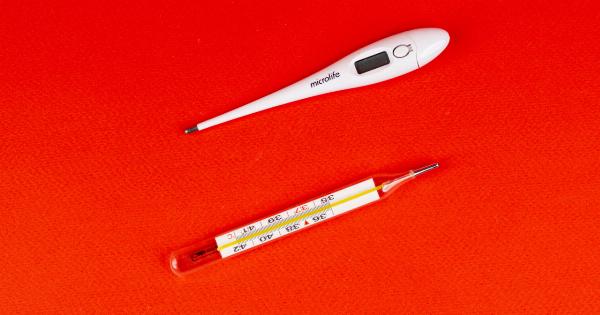Mercury toxicity is a significant health concern that has gained attention in recent years. This heavy metal is found in various forms in our environment and can accumulate in the body over time, leading to a range of adverse health effects.
One area of particular concern is the role of mercury toxicity in autoimmune diseases. In this article, we will explore the link between mercury and autoimmune diseases, the potential mechanisms involved, and how to reduce exposure to mercury for a healthier life.
What are Autoimmune Diseases?
Autoimmune diseases are conditions in which the body’s immune system mistakenly attacks its own tissues, leading to chronic inflammation and tissue damage.
Examples of autoimmune diseases include rheumatoid arthritis, lupus, Hashimoto’s thyroiditis, and multiple sclerosis. These diseases are complex and multifactorial, involving a combination of genetic, environmental, and immunological factors.
The Link between Mercury Toxicity and Autoimmune Diseases
Mercury has been implicated in the development and progression of autoimmune diseases.
Studies have shown that exposure to mercury can trigger an immune response, leading to the production of autoantibodies and the activation of immune cells involved in inflammation. This immune dysregulation can contribute to the development of autoimmune diseases.
One mechanism by which mercury may trigger autoimmunity is through its impact on the gut microbiota. The gut microbiota plays a crucial role in immune system regulation, and disruption of this ecosystem can lead to immune dysregulation.
Mercury has been shown to alter the composition and function of the gut microbiota, potentially contributing to the development of autoimmune diseases.
Furthermore, mercury can directly target immune cells and disrupt their normal functioning. It can inhibit the activity of T cells, which are essential for proper immune system regulation, and promote the activation of inflammatory immune cells.
This dysregulation of immune cell function can contribute to chronic inflammation and tissue damage, hallmarks of autoimmune diseases.
Sources of Mercury Exposure
Mercury exposure can occur through various sources, both environmental and occupational. The most common sources of exposure include:.
- Consumption of contaminated seafood
- Dental amalgams
- Thimerosal-containing vaccines (though this is now largely removed)
- Occupational exposure for certain professions (e.g., miners, dentists, and healthcare workers)
Reducing Exposure to Mercury.
To reduce mercury exposure and lower the risk of autoimmune diseases, it is essential to take certain preventive measures:.
- Avoid consuming high-mercury fish such as shark, swordfish, king mackerel, and tilefish. Instead, choose lower mercury fish such as salmon, trout, and sardines.
- If you have dental amalgams, consult with a dentist experienced in safe amalgam removal to minimize exposure.
- Ensure proper ventilation and use personal protective equipment in occupational settings where mercury exposure is a risk.
- Consider opting for thimerosal-free vaccines if available.
- Support your body’s natural detoxification processes through a healthy lifestyle that includes regular exercise, balanced nutrition, and adequate hydration.
Conclusion
While the exact role of mercury toxicity in autoimmune diseases is still being studied, evidence suggests that mercury exposure may contribute to the development and progression of these conditions.
Understanding the link between mercury and autoimmune diseases can help raise awareness and guide preventive measures to reduce exposure. By taking steps to minimize mercury exposure and supporting overall health and well-being, individuals can reduce the risk of autoimmune diseases and lead healthier lives.































